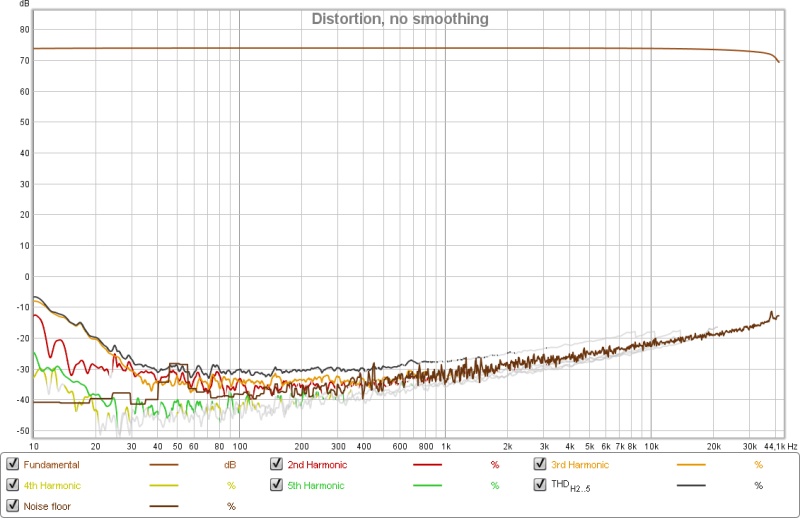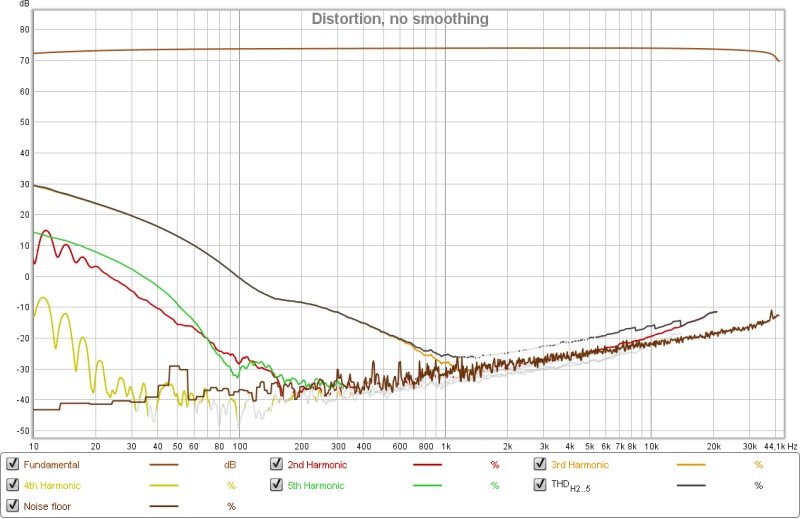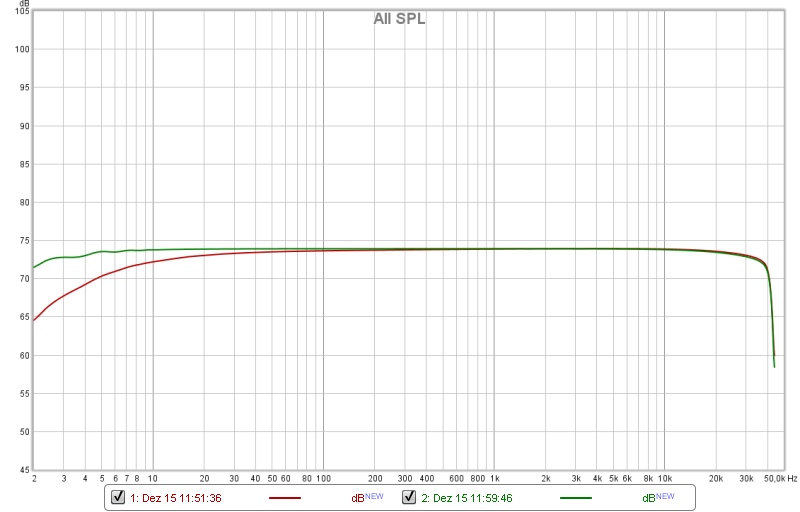I am not "bitten", whatever that means. The current source summing approach worked and I used in a few consoles since the 80s. It mainly makes sense for larger numbers of inputs because current sources cost more than resistors , and I never did like throwing money on the ground for no reason. The last big console had well over 100 stems feeding the L/R bus.
Here is a working link to my old article (I still need to fix the spelling of bus).
http://www.johnhroberts.com/des_art_1.pdf
That design describes current source summing in general but did not literally show how...
I have a copy of the AMR console manual but it is a large file (16M) and I haven't been able to upload it to my website (yet even though my host claims 20M capability :-[ ).
Here is a clip of one current source (below).
This design is some 25 years old, and I had an improved version finished and working in my lab back then, but never released the improved version to production because we were getting killed in the marketplace by the inexpensive Mackie 8bus that was selling like hot cakes. Mackie ran more ads in one month than we did over the entire life of my console.
The major improvement I made (back then) was was to switch the current sources off the L/R bus when not in use. There was a small but measurable noise floor contribution from 72 of these puppies always connected (switching them off when not in use completely resolved that).
If i wanted to revisit this today I would use a more modern (lower noise) Bifet op amp than TL07x. I would also buffer the input feeding the current source, since the impedance of the level pot, degrades the output impedance of the current source that depends on the precise matching of all 5 resistors.
I really really really wish there was some need for quality analog summing today (I have the superior technology gathering dust) but this has been eclipsed by digital summing that actually increases quality (resolution) from combining more stems, rather than degrading like analog does from combining more inputs.
I have looked at the passive summing fad and my conclusion is that people like the warmth from their less than linear make up gain stage. There is no real magic or "there" there IMO.
Again I apologize for this veer... Current source summing was a thing decades ago... now moot IMO.
JR




































